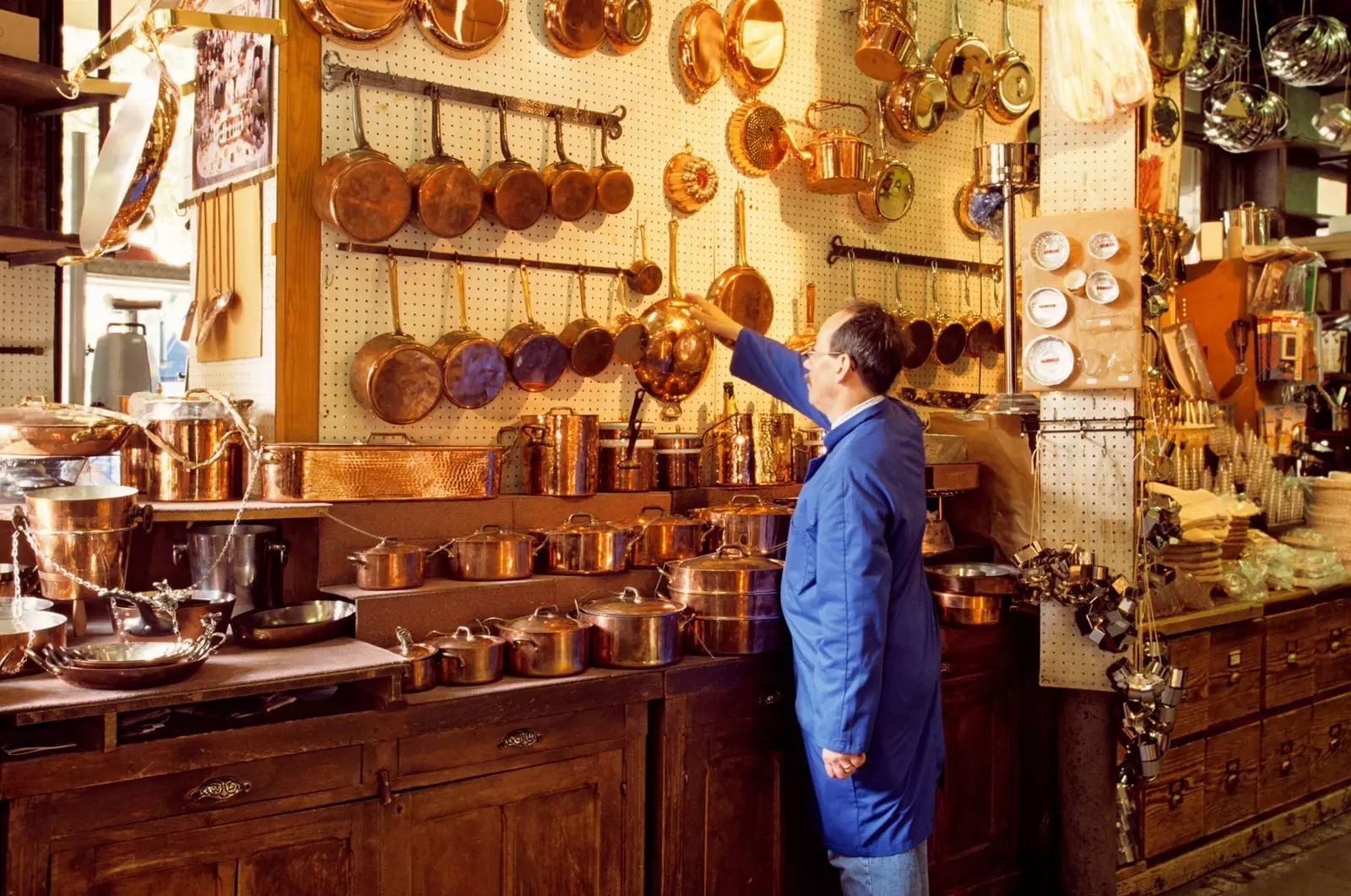
E. Dehillerin, since 1820
With the disappearance of the old boutiques, part of the history and customs of a city is being lost. Paris is no exception and most of his mythical magasins are gradually disappearing.
Some brave like A la Mere de Famille , struggle to remain in the changing Parisian relief. We invite you on a journey through time through its century-old establishments that defy gentrification.
DEBAUVE ET GALLAIS _(30 rue des Saints-Peres, 75007) _
The history of this old chocolate shop starts in 1779 when Sulpice Debauve, the pharmacist of Louis XIV and Marie Antoinette, She mixes a medicine with cocoa butter to ease the queen's headache.
She, excited by her result, calls her chocolate medallions "Marie-Antoinette's pistols" and Sulpice becomes the official chocolatier of the court.
Taking advantage of his success, in 1800, together with his nephew, he founded his first boutique, Maison Debauve & Gallais. This luxury chocolate shop invites you to taste pralines prepared à l’ancienne, tasty ganaches scented with tea or coffee; muffin by Marcel Proust; truffles or mint chocolate from Tangier, white pepper from the island of Marie Galante, citrus from Seville or Bayonne pepper.
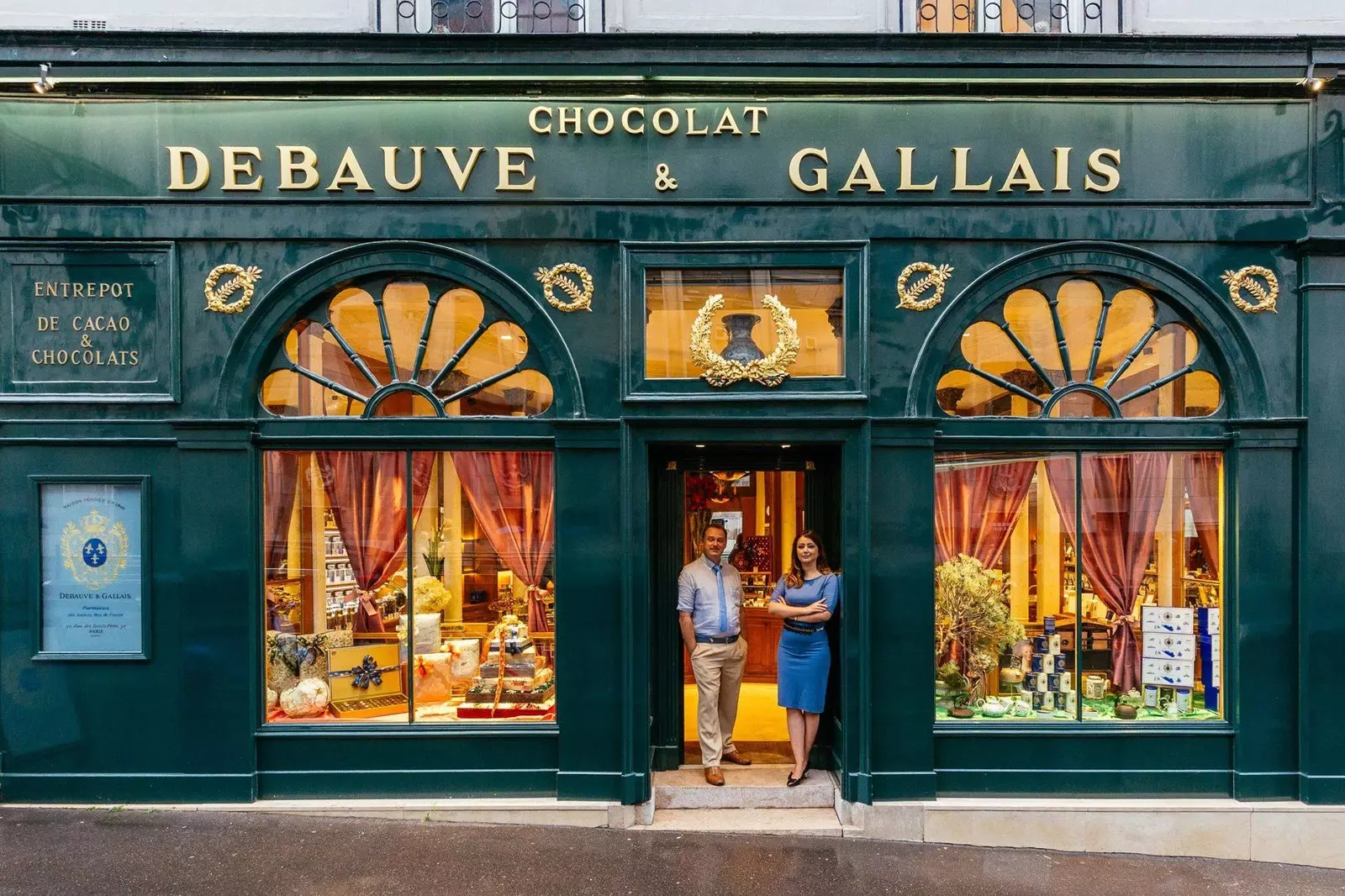
Debauve & Gallais, a luxury chocolate shop where you can get lost
CHARVET PLACE SELL ME _(28 Place Vendôme, 75001) _
Charvet is a Atelier for tailoring made-to-measure clothing and luxury prêt-à-porter. Its founder Joseph-Christophe Charvet was the first to open a shirt shop, since previously they were made at home.
His first Parisian store opened in 1838 and the quality and cut of his shirts and men's suits, as well as his exquisite range of fabrics and colors. It turns like this in the shirt dresser of the prestigious Jockey Club; as well as the favorite of great personalities, heads of state and members of royalty from all over Europe.
In 1982 it moved to its current location, the Hôtel Gaillard de la Bouëxière, a beautiful mansion built by Jules Hardouin-Mansart. Charvet is the only French shirtmaker to have endured among the major 20th-century shirtmakers, unlike Poirier, Bouvin, Seelio and Seymous.
Its rooms breathe the soul and service of that time and thanks to its elegant atmosphere its chic clientele can be imagined a few decades ago. Charvet continues to brag about their Egyptian cotton ties, handkerchiefs, trimmings cufflinks, silk pajamas, bow ties and other fashion accessories.
To add the dandy touch, they promise to customize any of your garments.
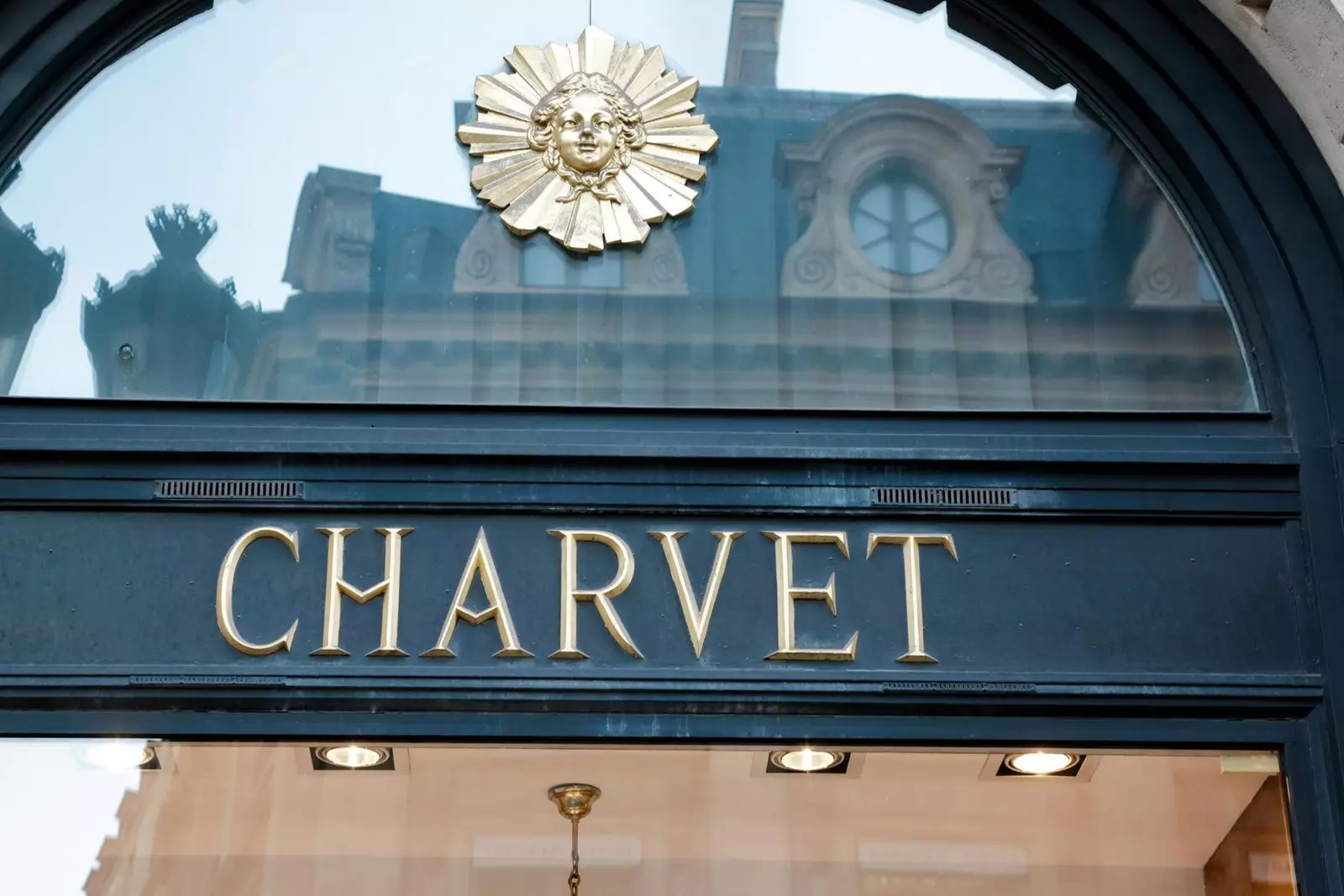
Charvet, the only French shirtmaker that has endured among the main ones of the 20th century
TO THE ORIENTAL _(19-21 Chartres Gallery, 75001) _
À l’Oriental is a tiny cave of Ali Babá located in the arcades of the Palais Royal Gardens, consecrated to the smoking pipes since 1818.
Its variegated windows house a wide selection of brands such as Becker et Musico, Jensen, Ashton, Castello or Philippe Bargiel and old pieces in delicate materials such as ivory, shell or antler.
In its few meters they are disorderly intermingled curious accessories for tobacco such as cigar cases from the time of Napoléon III, tobacco boxes, or even hookahs or some relics such as the Georges Brassens pipe or a Sherlock Holmes collection.
Today owned by Rachel Van Kote, This unusual shop continues to offer various objects for smokers and a total bric-à-brac of treasures such as walking sticks, umbrellas, paintings... sometimes demanded by experts for film productions.
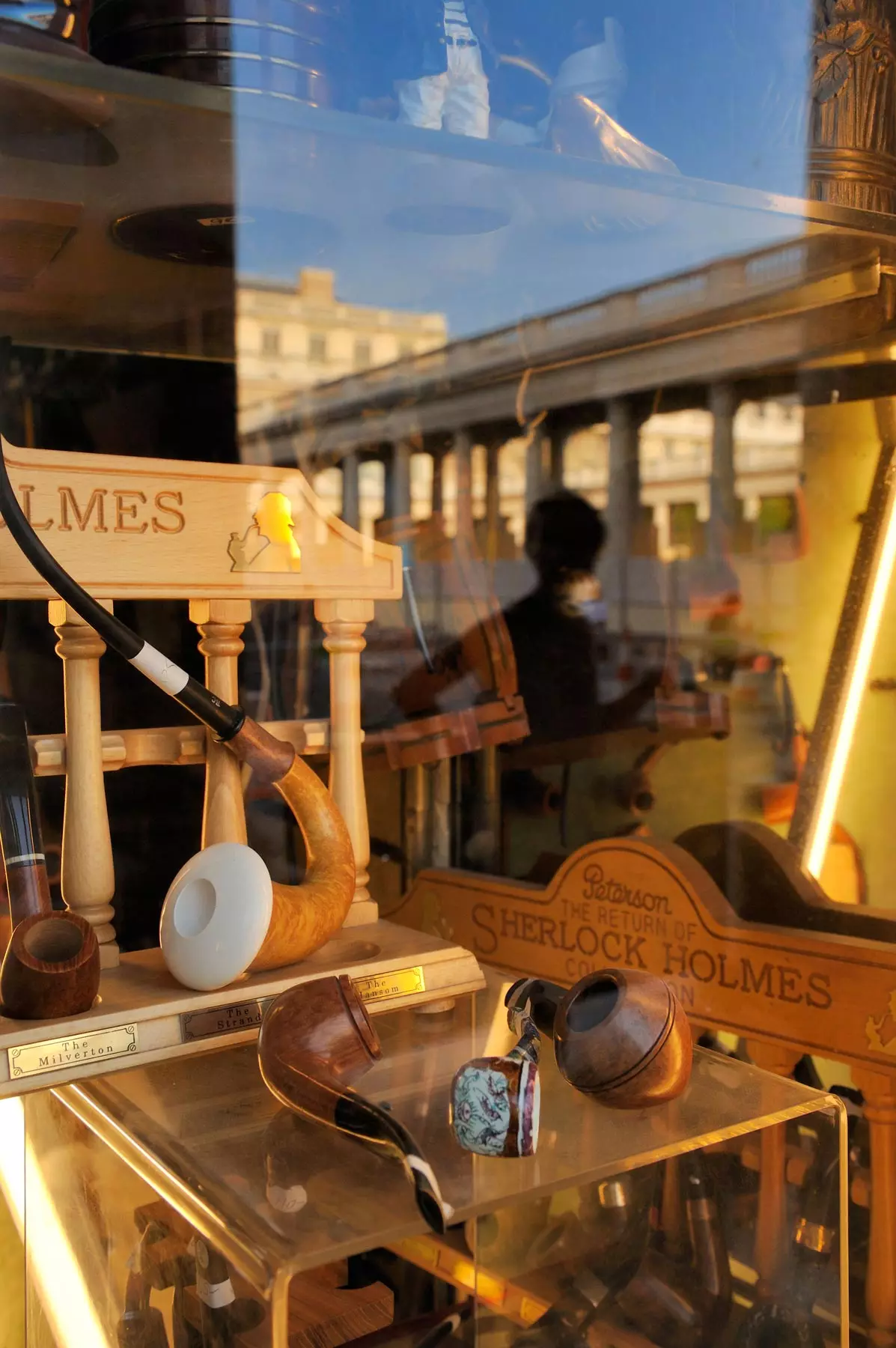
À l'Oriental, continues to offer various objects for smokers
** STOHRER ** (51 rue de Montorgueil, 75002)
Stohrer is the oldest patisserie in Paris, which still preserves the 19th century mural frescoes designed by Paul Baudy, renowned painter in charge of the decoration of the Opera Garnier.
It all started when the Polish Maris Leszczyńska, wife of King Louis XV, brought her Franco-Polish chef pâtissier to Paris. Nicholas Stohrer, that 1730 opened this boutique where he created such delicacies as official confectioner of the French court.
300 years later, this institution, registered as a Historic Monument, continues to serve the baba au rhum , the specialty of the house, and the classics of French pastry, puits d'amour, r eligieuses à l'ancienn e, as well as delicious lemon tarts; éclairs and macarons, fit for royalty.
CAVES LEGRAND _(1 rue de la Banque, 75002) _
Originally, in the 18th century, it was a Corporation des Epiciers store; transformed in 1880 by Monsieur Beaugé into spice warehouse for the importation of products from the Compañía de las Indias.
The Legrand family takes command of the fine épicerie selling coffee, roasted in the back room; alcohol; candles and wine, bought in Bercy in barrels and bottled on site.
For almost twenty years Caves Legrand has been taken over by Christian de Chateauvieux and Gerard Sibourd-Baudry, that expand it with a wine cellar that opens onto the Galerie Vivienne, an elegant 19th century shopping arcade.
Is wine and delicatessen boutique near Place des Victoires It keeps its old atmosphere with the boiseries, the period furniture and its 1900 façade.
E. DEHILLERIN _(18-20 Rue Coquillière, 75001) _
This family business was dedicated to the commercialization of cuisine material for professionals. Since 1820 selects kitchen and pastry utensils maintaining its flavor of yesteryear.
Located in Les Halles, it takes care of its centuries-old traditions; each object has a reference that corresponds to a price of a large filing cabinet; its original shelves store a wide variety of cutlery, tableware... and its basement makes it easy to get lost among aluminum bream bowls, oversized casseroles, skimmers and XXL saucepans.
They offer all kinds of instruments for catering experts or gastronomy amateurs, knives to open oysters, graters for nutmeg, measurers, Chinese… and those particular to French gastronomy such as tongs for snails or the spectacular juicer for the famous blooded duck of the Tour d'Argent.
DEYROLLE _(46 rue du Bac, 75007) _
Deyrolle is the first taxidermist in Paris who opened his doors in 1831 in Saint Germain-des-Prés. Since then it is a unique place that presents itself as a natural history museum, preserving its magical atmosphere of a cabinet of curiosities.
Its wooden showcases expose fossils, samples of butterflies and other insects and in their halls are interspersed stuffed animals, impressive bears, exotic birds, felines, giraffes... in an impressive staging.
Decorators, window dressers, entomologists or film producers come to Deyrolle to get inspired or get hold of one of its unique specimens.
On the ground floor they dedicate a space to the gardening with watering cans, herbariums, seeds, encyclopedias of flowers or medicinal plants... and they organize Children's talks to bring the little ones closer to nature.
ULTRA MODERN MERCERIE _(4 Rue de Choiseul, 75002) _
Located in the Bourse neighborhood from 1832 as a hat shop, until in 1920 it dedicated its activity to the sale of haberdashery products.
Nearly a hundred years later, it welcomes its clients in a warm climate from another time, full of shelves with buttons, bobbins of threads in a thousand shades, rich embroidered strips, silk velvet bows, grosgrain or satin ribbons, flowers, feathers... everything unimaginable to decorate a coat, embellish a party dress or adorn some curtains.
As in a poetic scene from Le Bonheur des Dames , the shop assistants spread rolls of top-quality fabrics on their wooden counters in an atmosphere of stillness typical of another century.
AU PLAT D'ETAIN _(16 Rue Guisarde, 75006) _
Au Plat d'Etain is a small boutique specializing in tin soldiers and collectible figurines since 1775. Located near the Saint-Sulpice Church, it is steeped in history.
His objects are made and painted by hand with great care and many collectors came to find the best pieces of CBG Mignot, Tradition of London, Lucotte or Marlborough. It is said that as a child Charles de Gaulle was a regular here.
It is still known today for gathering the most varied figurines of Gauls, Egyptians or others from the Middle Ages, the Second Empire or the Renaissance... in addition to their plats d'étain, some 30-millimeter tin miniatures made in two dimensions in which the engraving accentuates the relief.
In addition, those who are passionate about this universe have the advantage that in Au Plat d'Etain they repair, appraise and even stage private collections.
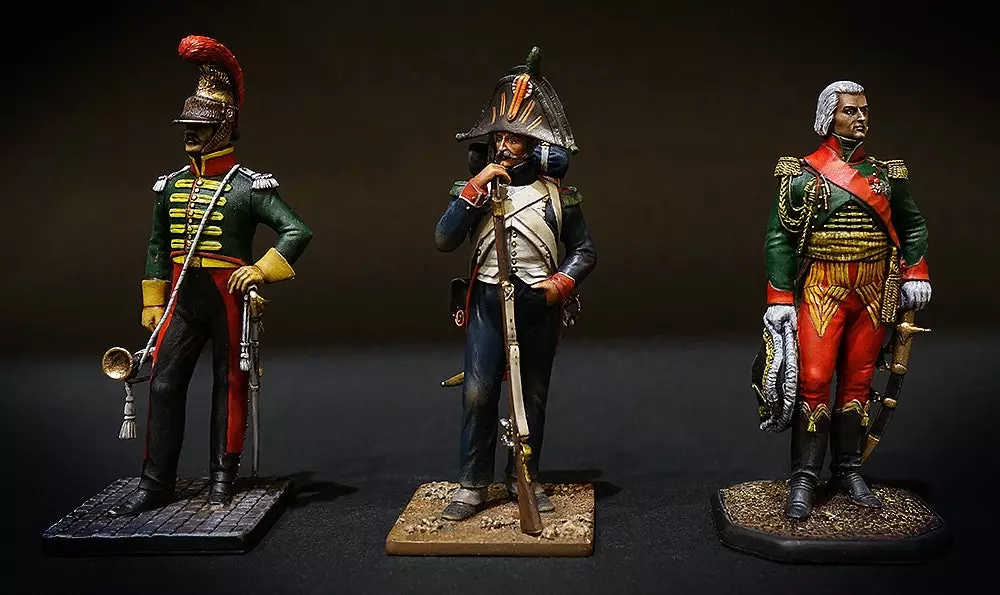
Lead soldiers from Au Plat d'Etain
